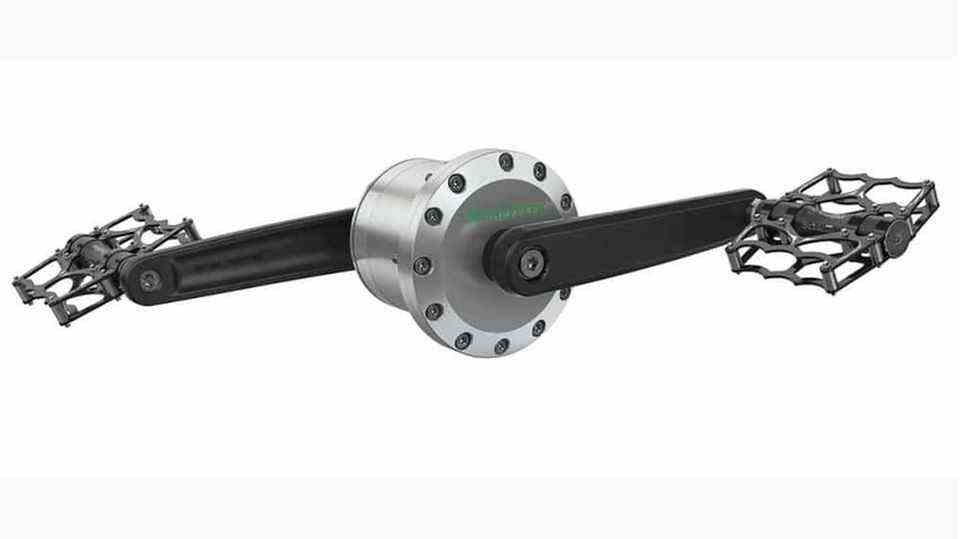electric vehicles
Small power dwarf – Koenigsegg’s Raxial-Flux drive reinvents the electric motor
This small unit delivers 340 hp and 600 Newton meters.
© Koenigsegg / PR
Koenigsegg, the Swedish supercar manufacturer, has revealed a new electric motor. It uses a different geometry of the magnetic field and offers an extremely high torque with minimal dimensions. The whole engine is barely higher than a soda can.
Koenigsegg is known for its supercars. Now the four-seater Gemera is being developed, the first “Mega GT” – a family car with the performance data of a super sports car. And that seems to work: The Gemera should accelerate from 0 to 100 km/h in just 1.9 seconds and then pull through to 400 km/h.
The Quark-E motor provides the necessary “boom” at low speeds, which according to Koenigsegg is by no means only suitable for its own sports cars. The machine squeezes a torque of 600 Newton meters from a unit that weighs only 28 kilograms with an output of 250 kW or 340 hp.
Accelerator in duo with combustion engine
“The Quark was developed to support the Gemera’s low rev range, where you need it for brutal acceleration,” explains Dragos-Mihai Postariu, Head of Electric Motor Development. The two-liter combustion engine that is also installed cannot build up enough power at low revs. “The internal combustion engine then focuses on the high-speed range. For the performance of the Gemera, this means a big boost in power, followed by a continuous boost to 400 km/h (249 Mph) with no loss of torque or power.”
In addition to the low weight of the Quark, there are also its compact dimensions of only 303 x 334 x 112 mm. The powerful motor is barely higher than a soda can. Its shaft is made of 300M steel, used in the aerospace industry, and the rotor is made of carbon fibre. The engine is a sprinter, the high performance values are only available for 20 seconds. After that, they drop to around 100 kW and 250 Newton meters. The motor combines both radial and axial flow designs, achieving a perfect balance of high power and high torque. Today, radial flux motors are mostly installed, with them the magnetic field flows radially to the axis of rotation, they shine with a high torque. With axial flux topology, the magnetic field flows parallel to the axis of rotation, which results in a higher power density.
Wide applications
According to Koenigsegg, the quark could not only be installed in cars, but also in ships, airplanes or vertical take-off air taxis without reduction gears. The motor does not require external cooling. “The Quark is unique with its high efficiency in combination with its best-in-class matrix of torque, power, speed and weight,” says company boss, founder and namesake Christian von Koenigsegg. “This means that when using the quark in applications such as ships, airplanes or VTOL, no reduction gear is required; instead, direct drive can be achieved since the speed of the motor is right from the start.”
In addition to these applications, two motors can be combined in the “Terrier” electric drive. Together with a special inverter, the whole unit weighs only 85 kg and delivers 670 hp. A comparable internal combustion engine with auxiliary units would be much heavier. Even more weight but also costs are saved because the Terrier does not need a separate suspension. It can be screwed directly to the chassis.
The engine becomes invisible
Other manufacturers are also working on comparable engines. They show how much air there is still in the “electric motor” concept, which was actually considered to be largely developed. Even outside the world of hypercars, “normal” e-vehicles will benefit from these motors. In the vehicle design, the motors are practically invisible due to their small dimensions. It is also conceivable that the lightweight drives will significantly expand the range of applications for hub motors. The engine and the Super GT Gemera are scheduled to go into production at Koenigsegg as early as 2023.




